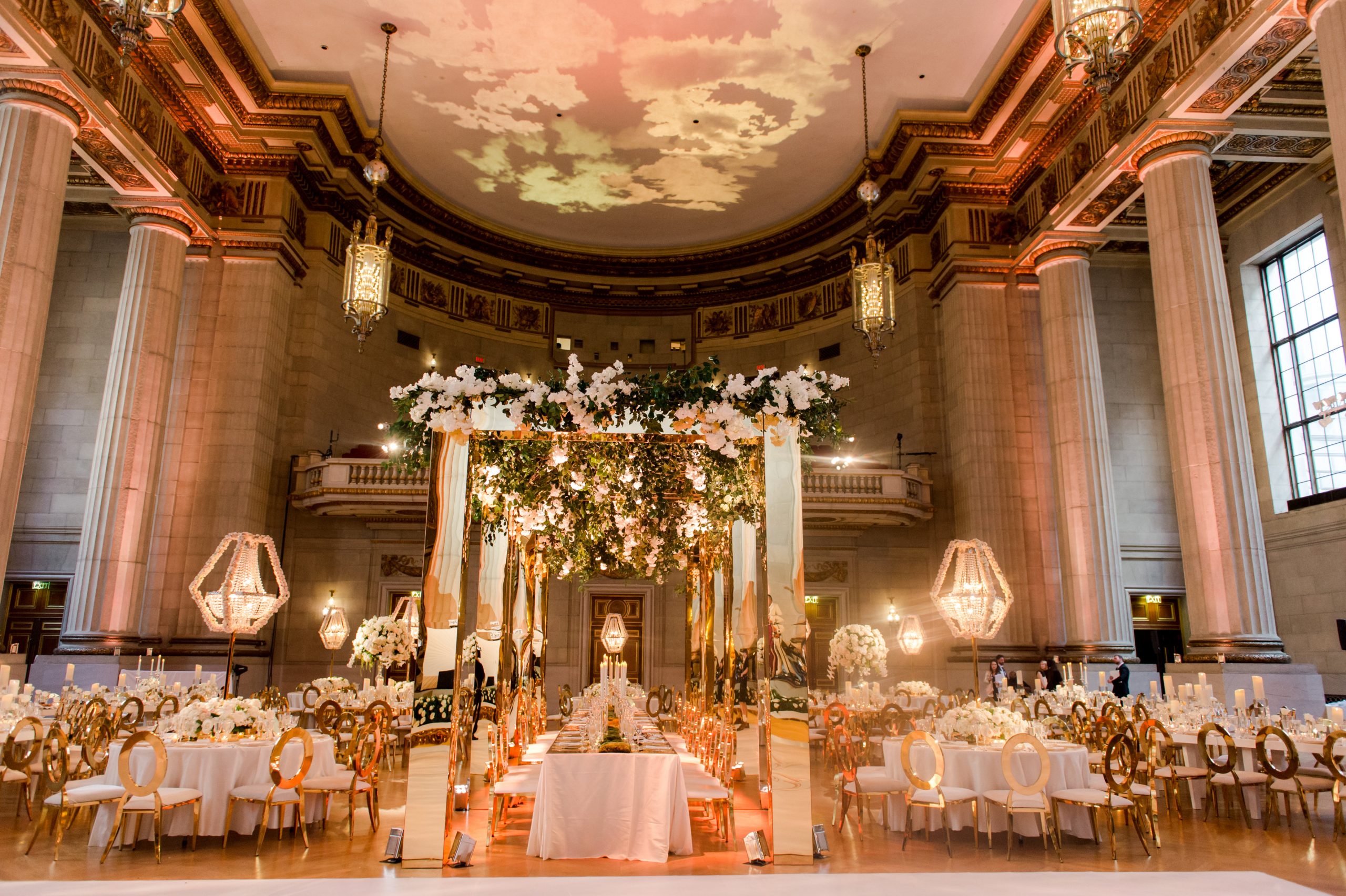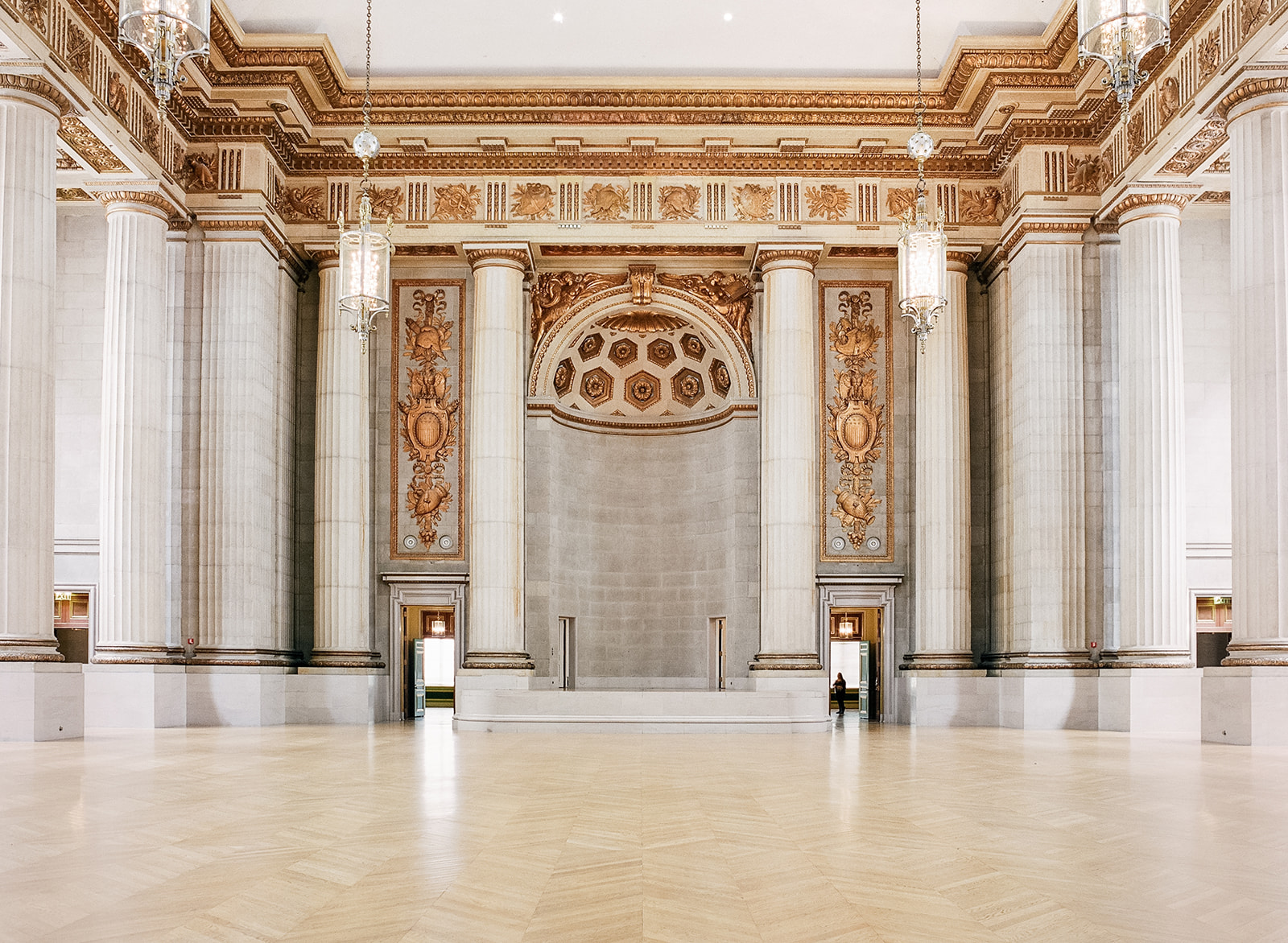History and Architecture
The Mellon Auditorium is a historic landmark in Washington, D.C., known for its architectural beauty and cultural significance. Completed in 1931, it was commissioned by Andrew W. Mellon, the Secretary of the Treasury under Presidents Harding, Coolidge, and Hoover, as a tribute to his father, Thomas Mellon.
The Mellon Auditorium, an iconic landmark in Washington, D.C., has hosted countless historical events. Among them was a recent Trump rally , which drew a massive crowd of supporters. The auditorium’s grand architecture and historical significance provided a fitting backdrop for the political gathering, leaving a lasting impression on those who attended.
Architect John Russell Pope designed the auditorium in the Beaux-Arts style, characterized by its symmetrical facade, grand entrance, and opulent interior. The building features a limestone exterior with intricate carvings, a monumental staircase leading to the main entrance, and a large auditorium with a seating capacity of over 1,000.
The Mellon Auditorium, a national historic landmark in Washington, D.C., is a magnificent example of Beaux-Arts architecture. Completed in 1910, it was designed by Edward Pearce Casey and is renowned for its grand facade and opulent interiors. The auditorium has hosted countless events, including presidential inaugurations, concerts, and lectures.
Mellon Auditorium remains a vibrant cultural hub in the nation’s capital, hosting a wide range of events and exhibitions that enrich the community.
Role in Washington, D.C.’s Cultural Landscape
The Mellon Auditorium has played a prominent role in Washington, D.C.’s cultural landscape since its opening. It has hosted countless events, including concerts, lectures, conferences, and award ceremonies. The auditorium has also been used for political events, such as the signing of the North American Free Trade Agreement (NAFTA) in 1993.
Notable Events and Performances: Mellon Auditorium

The Mellon Auditorium has witnessed a myriad of prestigious events and performances that have cemented its reputation as a cultural landmark. From groundbreaking speeches to unforgettable musical experiences, the auditorium’s hallowed halls have resonated with the echoes of history and artistry.
Major Events and Performances
The following table highlights some of the most significant events and performances that have graced the Mellon Auditorium’s stage:
| Date | Event/Performance | Significance |
|---|---|---|
| 1941 | Franklin D. Roosevelt’s “Four Freedoms” speech | A defining moment in American history, outlining the principles of freedom of speech, worship, want, and fear. |
| 1961 | John F. Kennedy’s inaugural address | A stirring speech that set the tone for a new era of American leadership and idealism. |
| 1964 | The Beatles’ first American concert | A legendary performance that marked the beginning of the British Invasion and revolutionized popular music. |
| 1985 | Live Aid concert | A global charity event featuring some of the biggest names in music, raising funds for famine relief in Africa. |
| 1993 | The Clinton Inaugural Ball | A grand celebration marking the beginning of Bill Clinton’s presidency. |
The Mellon Auditorium’s reputation as a prestigious venue for arts and culture has attracted countless renowned performers and organizations. The auditorium has hosted everything from classical music concerts by the National Symphony Orchestra to Broadway shows and dance performances. Its acoustics and elegant ambiance create an immersive experience that enhances every artistic endeavor.
Restoration and Preservation

In 1984, the Mellon Auditorium underwent a major restoration effort to preserve its historical and architectural significance. The project involved meticulous attention to detail, including the restoration of the original plasterwork, woodwork, and stained glass windows. The original lighting fixtures were also restored to their former glory, and the auditorium’s acoustics were enhanced.
Challenges
One of the challenges faced during the restoration process was the need to balance historical preservation with modern safety and accessibility requirements. The auditorium’s original seating configuration, for example, did not meet modern fire safety codes. To address this issue, the seats were replaced with new ones that met the required safety standards while still maintaining the historical character of the space.
Another challenge was the need to repair the auditorium’s aging infrastructure. The electrical, plumbing, and HVAC systems were all updated to meet modern standards, while also ensuring that the original architectural features were not compromised.
Importance of Preservation, Mellon auditorium
The restoration and preservation of the Mellon Auditorium is of great importance for several reasons. First, the auditorium is a nationally recognized landmark and a symbol of Washington, D.C.’s architectural heritage. Its preservation ensures that future generations will be able to appreciate its beauty and historical significance.
Second, the auditorium is a vital cultural resource for the community. It is used for a variety of events, including concerts, lectures, and film screenings. The restoration of the auditorium has ensured that it will continue to be a vibrant and active space for the arts.
Third, the preservation of the Mellon Auditorium is a testament to the importance of preserving our nation’s architectural heritage. The auditorium is a reminder of the craftsmanship and artistry of the past, and its preservation ensures that this legacy will continue to inspire future generations.